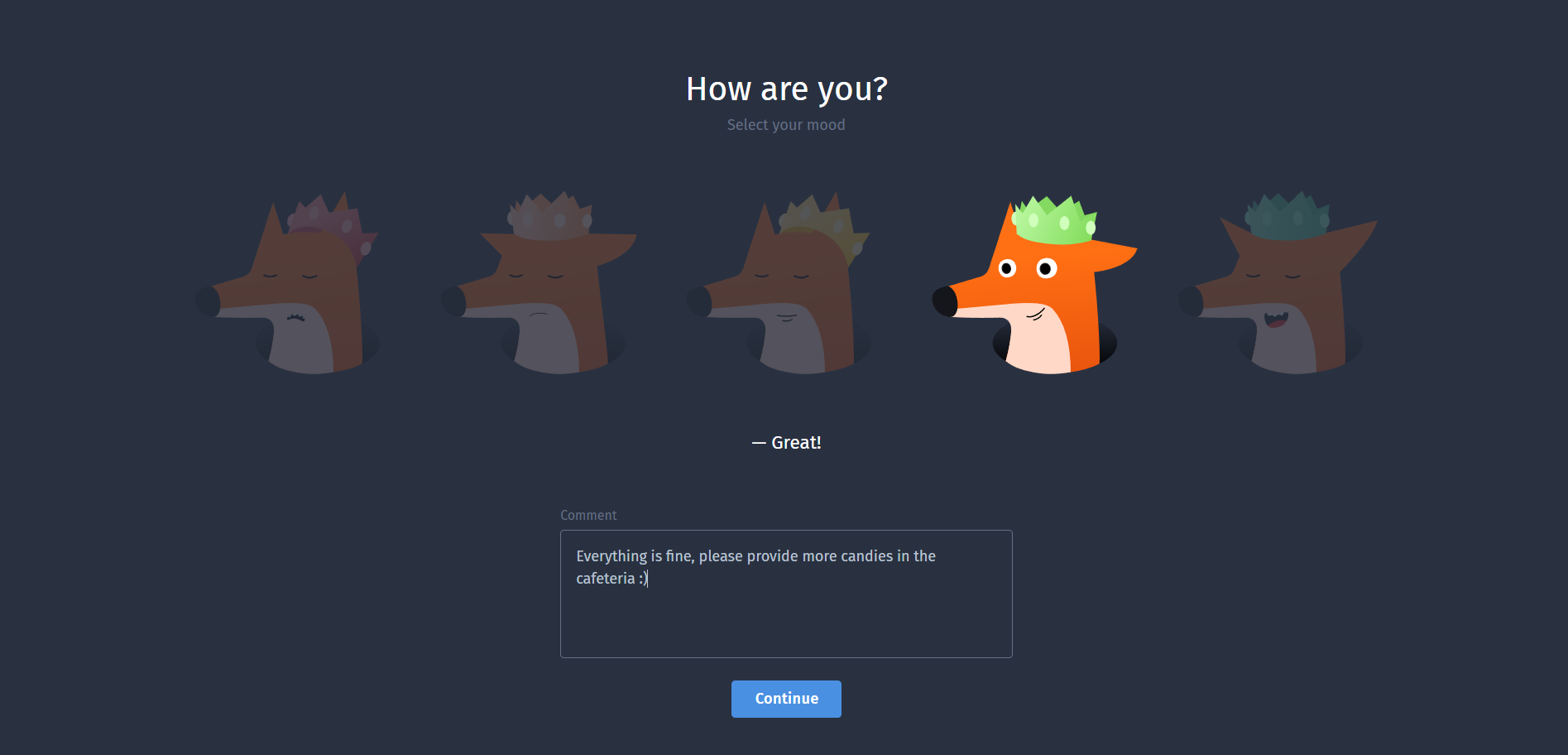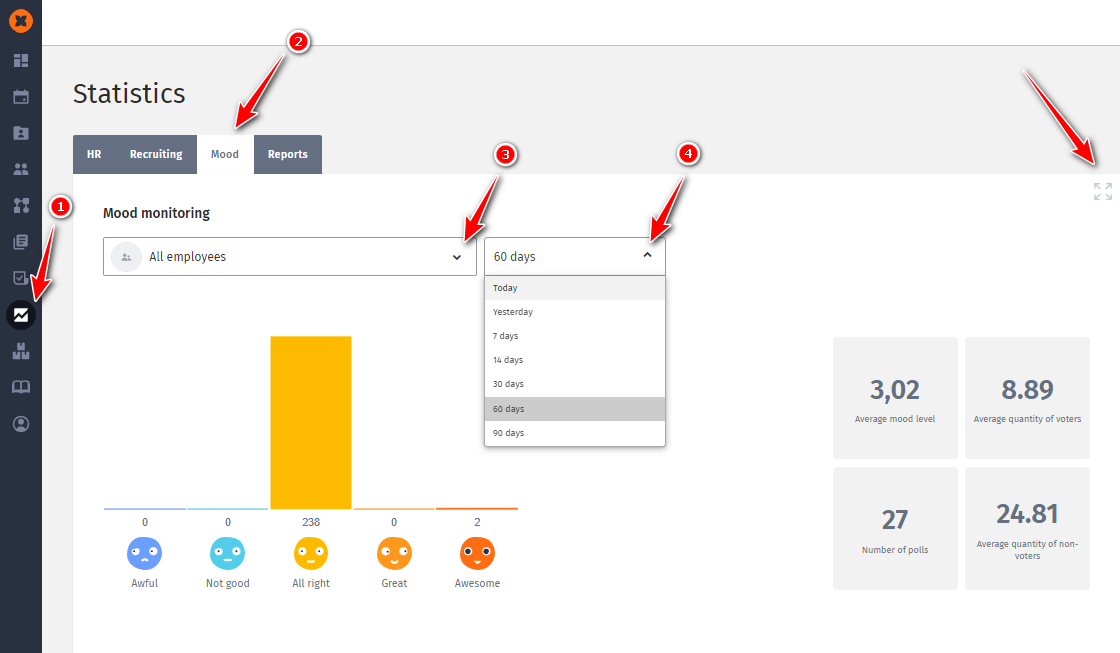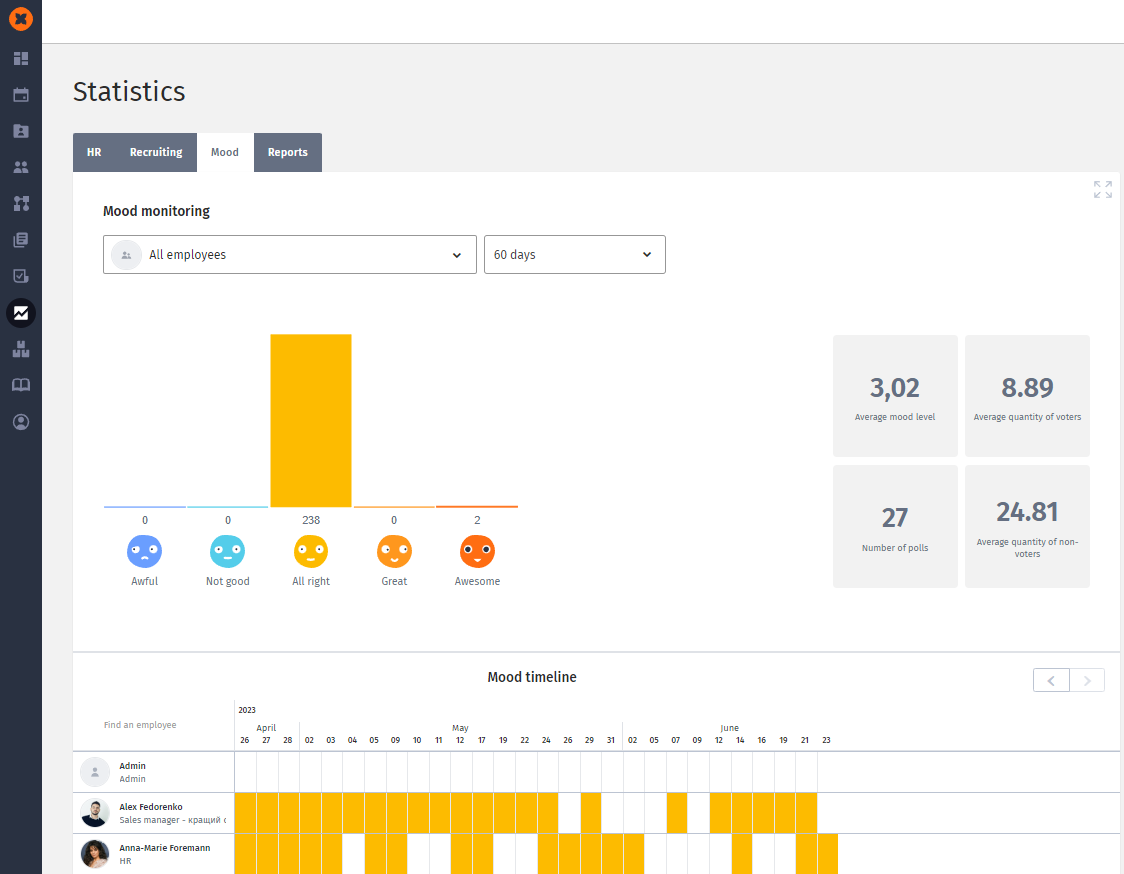The mood of employees directly affects work performance. The Affective Events Theory (AET) is a recognized psychological model that links emotions and mood in the workplace to employee job quality.
According to AET, employee behavior is influenced by emotions. It is believed that certain aspects of work can affect an employee's mood, emotions, and job satisfaction.
The five elements belonging to AET can be generalized using the OCEAN model:
Openness - readiness for new experiences
Conscientiousness - awareness in actions and behaviors
Extraversion - sociability
Agreeableness - ability to find common ground
Neuroticism - emotional instability
When employees are satisfied with their role and position, they feel happier at work. Job satisfaction increases motivation, overall productivity, and promotes better interaction with colleagues and clients.
AET and other research agree that emotions influence decision-making, and positive emotions are necessary for rational and effective decision-making. Poor decisions can be associated with negative emotional states.
5 reasons to assess employee mood:
Employee satisfaction contributes to employee retention. Knowing what dissatisfies employees makes it easier to influence and address their concerns.
Employee engagement and satisfaction impact company profitability.
Workforce planning and skilled personnel selection support company competitiveness, especially during periods of skill shortages. Assessing employee mood can help create an environment that attracts talented employees and allows them to thrive.
Measuring employee satisfaction helps minimize employee turnover and work disruptions.
Employee feedback, especially constructive criticism, helps identify and address issues before they affect team performance.
The "Mood monitoring" report helps track all these tasks and more.
To configure this feature, navigate to the settings menu following this path: “Settings” - “Mood and 1:1”.


Monitoring Activation: the "Track your mood" toggle allows you to enable or disable automated mood monitoring for the entire company.
Frequency: configuration of the specific days of the week when employees will see the survey pop-up.
Employee Question: a field to enter the question text displayed to the user (e.g., default: "How are you?").
Mood Templates: the system offers several thematic icon sets. Additionally, a custom upload feature is available, allowing you to use your own emojis or icons that match the company's unique corporate style.
Upon logging in, each employee can select a satisfaction level and immediately provide a reason. This is particularly convenient for large companies when HR managers cannot track employee emotional states on a daily basis.

The system will generate corresponding statistics in the "Statistics" - "Mood" tab. This information can be viewed in full screen by clicking the corresponding icon in the upper right corner.
Using filters, select "All employees" or specific individuals, specify the period for which you are interested in the statistics.

The following information is displayed in the statistics for the chosen period:
Average mood rating
Average number of votes received and not received
Number of surveys conducted

In the mood timeline, you can view the rating and comments of each employee.
